Monika profiles Ashok Bhowmick, a renowned artist, known for his analytical as well as synthetic cubism. An exclusive for Different Truths.
“Everything you can imagine is real.” ~ Pablo Picasso
The art of Ashok Bhowmick is predominantly figurative accentuated by analytical as well as synthetic cubism. Unique and very individualistic not because of the style or medium alone but for its unique mastery of craft. Art critics and aficionados have bespoken about him as the ‘Master of Crosshatching’. His rare style, which he has not only cultivated over years but furthered as well. The themes or scenes of his paintings demonstrate very straightforward anecdotes with fluent ease. The unique aspects of his style delineate an exceptional legacy to his paintings. The simplicity in his artworks represent precision and clarity.
The artist’s unique technique of Crosshatch is very intriguing.
The artist’s unique technique of Crosshatch is very intriguing. He carefully places uneven minute hatches in some places, more precisely defining Crosshatch at others, and polished tone in the most finished areas. His drawing comes out of an etcher’s sensibility. A perfect combination of lay down tones and his master stroke hatch.
Bhowmick can do so much with simple shapes, immaculately working on wispy lines and riveting into strong abstract cubic figures.
His subtle style very well reflects the symbiosis of humans and nature.
He is primarily a monochromatic artist, confining his work largely to black-and-white imagery. His subtle style very well reflects the symbiosis of humans and nature. The frequent depiction of a canary or a bird beyond any doubt proves that. With such simplicity, with such prudence of means, he communicates Mutualism. He makes an incredible human statement with his peculiar style and scheme of crosshatch.
His art is mostly figurative, emphasising modern contemporary cubism, rendering it with dots and cross-hatching technique. It’s indeed a recherché art to name and definitely a record-breaking achievement in the genre, with almost more than two thousand paintings in his credit. As Bhowmick rightly points out, “For me, painting is a means of getting messages across to people, for connecting with people, for reaching out.”
His notion that nature can be proffered elegantly using basic geometric shapes has been the idea of many great artists as well.
His notion that nature can be proffered elegantly using basic geometric shapes has been the idea of many great artists as well. To paint using abstraction or twisted perspective. A twisted perspective allows an artwork to show an object from more than one angle simultaneously. The inimitable style of the crosshatch in Bhowmick’s paintings emphasise that factor in a very distinct way.
The usage of monochromatic colours and incompatible lighting in cubism unlike in naturalism tend to reduce or exclude the depiction of object or subject matter in its accurate form as we are used to witness. It takes a master’s imagination to separate the light and shadow, Bhowmick with his impeccable hatch work brings it conveniently on his canvases. His paintings flawlessly characterise the composite idea of objects in a limited variation of light. A perfect illustration of cubism.
Personal Analogy on Bhowmick’s Art
An interesting story goes behind the depiction of the canary in his paintings. It represents innocence and liveliness. A spirited little girl chasing chickens and singing while doing that, whom the artist has witnessed as a young man is still fresh in his memory. The girl, daughter of a local milkman in the neighborhood was married at a very tender age before she could identify her own playfulness. Cherishing innocence probably is the keynote in his paintings.
…cubism artists like Pablo Picasso and George Braque, renounced the orthodox styles of outlook and axonometry (3-D).
The life semblance of cubism – as explained by the most predominant art movement of the early twentieth century, cubism artists like Pablo Picasso and George Braque, renounced the orthodox styles of outlook and axonometry (3-D). They tried to explicate the surroundings in fragmented, geometric forms that explored the two-dimensionality of the canvas.
I won’t hesitate to call him an artist of sensitivity. Gifted with the same sensibility with his drawings, his draftsman has the skill to draw confidently and efficiently, producing recognisable dark-light patterns.
Bhowmick’s art challenges the art seekers to respond to the idiosyncratic subject matter in the most basic and simple form…
Bhowmick’s art challenges the art seekers to respond to the idiosyncratic subject matter in the most basic and simple form, nevertheless with multiple points of perspective, monochrome colours to enhance the subject matter. His craft to apply hatching lines is quite systematic, allowing the areas to enhance the light and shade immaculately. Only artists, skilled at this technique can make even the differentiation look perfect. His sublime texture and tonal effects creation technique is truly masterful. An art, probably he has acquired diligently with his experience.
Bhowmick, from the last four decades, has certainly aided art lovers to understand the evolving cubism, conceptually, and visually. He has taken an exception with realistic and conventional forms of art through the rare use of Figurative Cubism. A novel way to go beyond the traditional crosshatch techniques to demonstrate that. His paintings reflect a transformation in cubism towards modernity. He also takes his impression and inspection into consideration to introduce his memories to it, bringing his artwork to another perceptive level.
I feel that his paintings do reveal a hint of an art technique called ‘Chiaroscuro’.
I feel that his paintings do reveal a hint of an art technique called ‘Chiaroscuro’. A very sophisticated technique used by the masters to enhance light and shade, providing an extra dimension to subject matter. His art pieces highlight an effect, deepened by extensive gradation of light and darkness. The progression of light and dark shades in his paintings is seen in a very meticulous way.
Bhowmick’s art journey does not stop at his state-of-the-art paintings, but there’s so much to explore with his three-dimensional perspective.
In his cubist art exploration, he has played with another extension of art, that is sculpting.
In his cubist art exploration, he has played with another extension of art, that is sculpting. He defied the notion that cubism is an absolute abstraction. His sculptures, mostly angular with distorted and mingled features, do invite discrete perceptions.
The immaculate usage of negative space to explore the layers and edges, incurved and out-curved forms make his sculptures intricate. Another peculiar attribute of his sculptures is giving the formations a definite appearance by an assemblage of geometric patterns.
This cubist mastery in sculpting itself is an accomplishment that only art virtuosi have achieved till date.
Very few renowned artists including Tagore and F N Souza, from the subcontinent, have a mastery of the Crosshatch technique.
Bhowmick, born in 1953, in Kanpur, is a distinguished artist. In 1973, he graduated from Kanpur University and started a pursuit in the riveting world of art without a formal tutelage. He is an artist with multi-faceted achievements in different genres of art. Very few renowned artists including Tagore and F N Souza, from the subcontinent, have a mastery of the Crosshatch technique. With more than two thousand art pieces in credit, he still craves for more. In the last four decades, he very carefully, has transformed the cross-hatching to an independent and individualistic style.
Apart from being an exceptionally good painter and sculptor, he is a profound thinker, writer, theatre enthusiast, and educator. He has more than a dozen erudite books in his credit, including Zero-line par Gulzar, Monalisa hans rahi thii, Chitron ki Duniya, and Samkalin Bhartiya Chitrkala – Hussain ke bahane.
Experiencing such a legacy in Arts, we struggle for the right words to express admiration. Ashok Bhowmick’s incredible art is no exception. Art lovers need to witness on their own. After all it is not quite easy to be amazing.
Photos sourced by the author and visuals by Different Truths

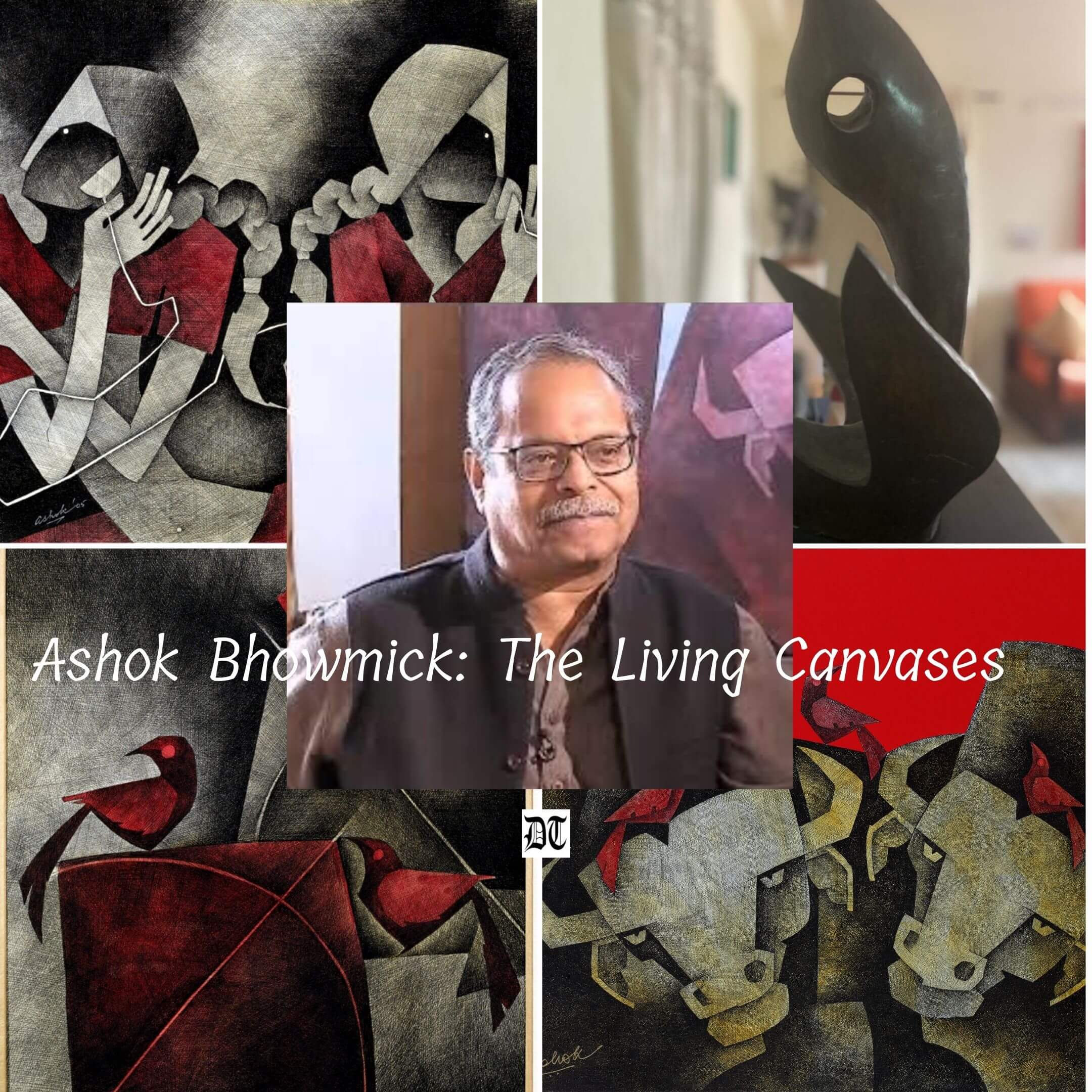
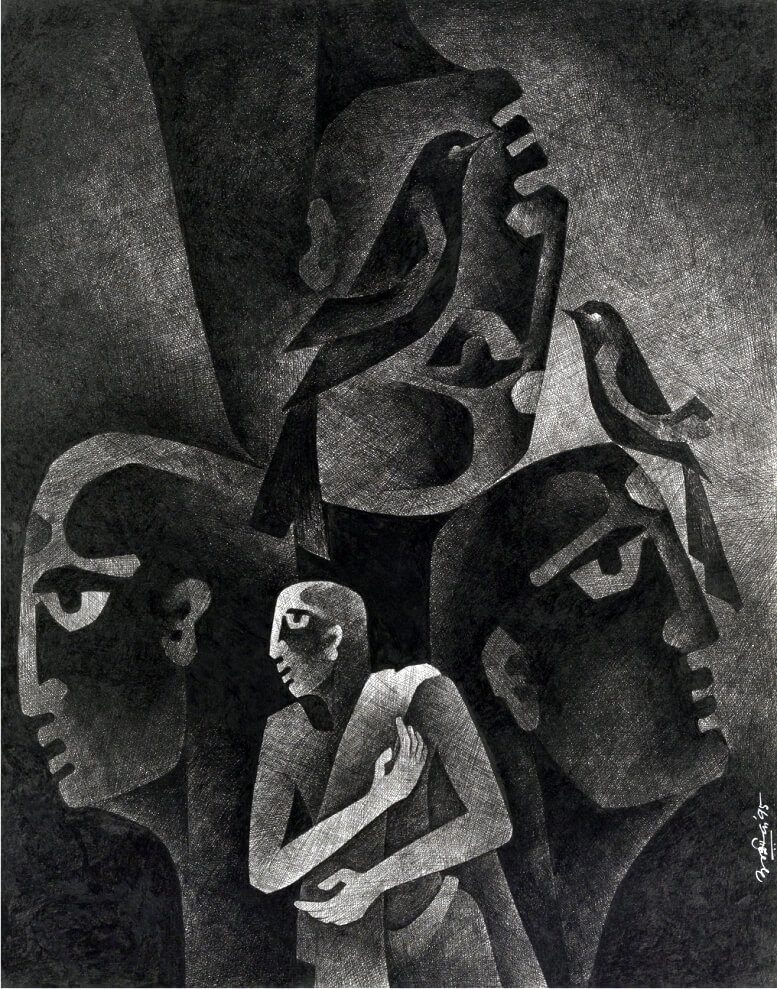
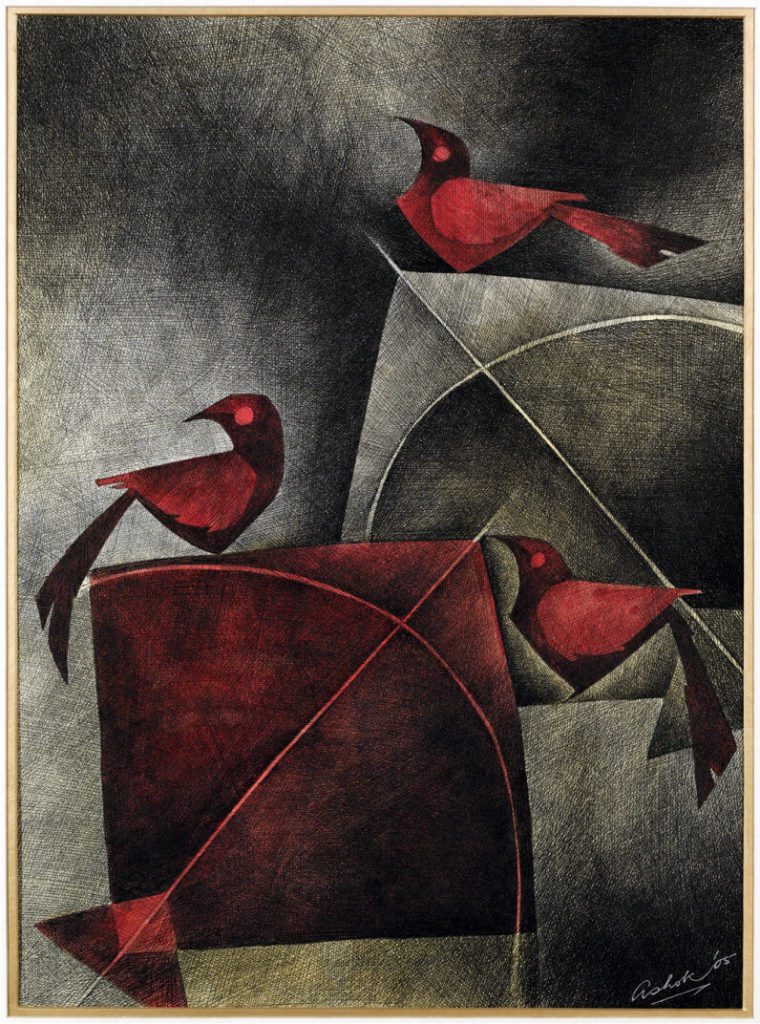
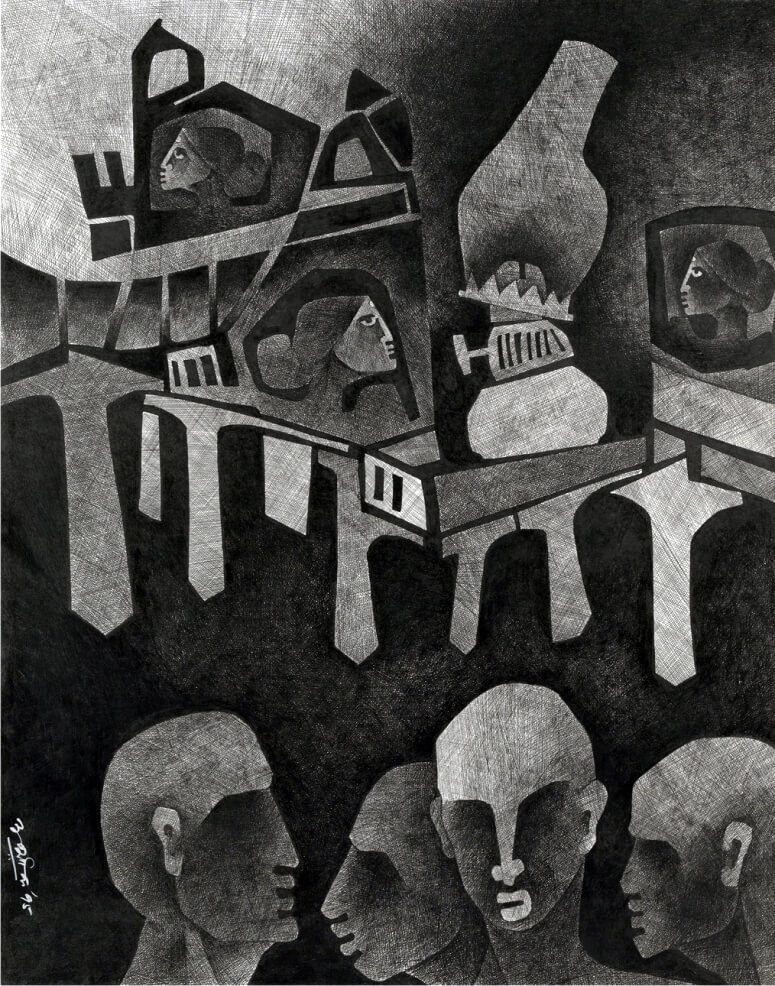
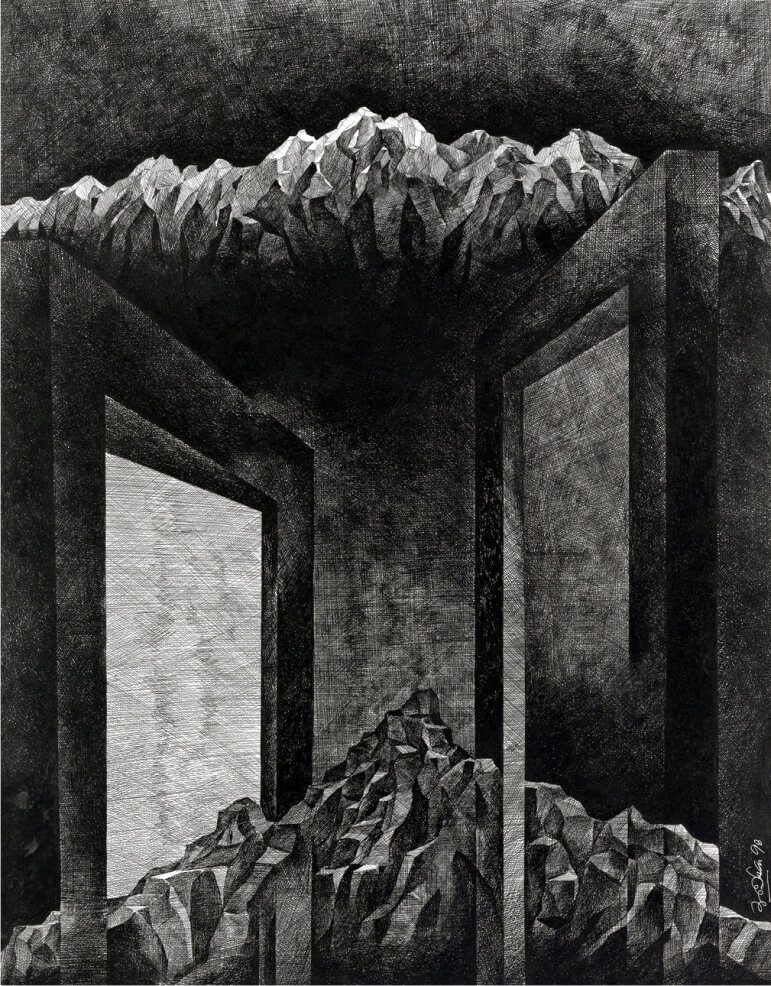
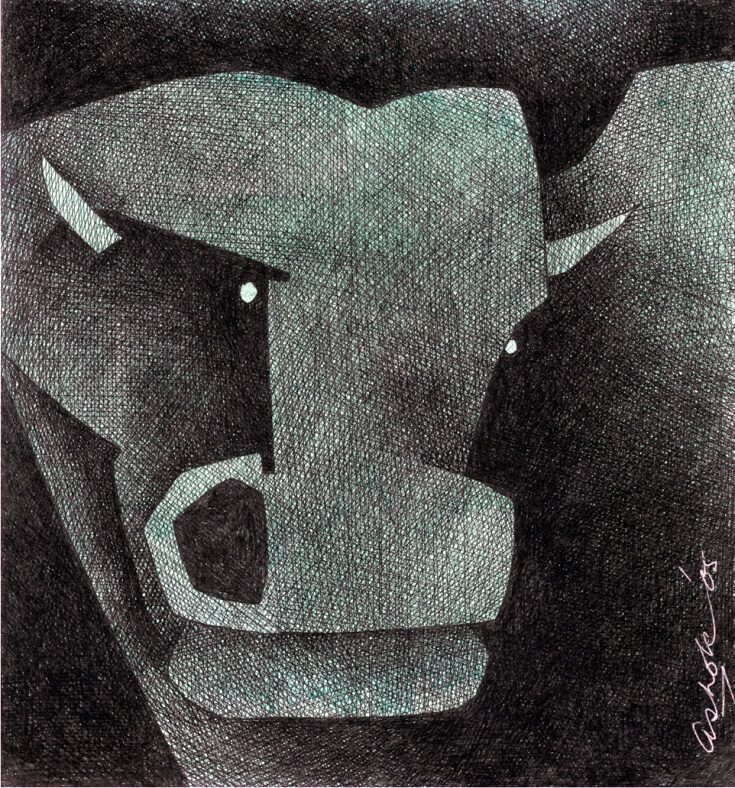
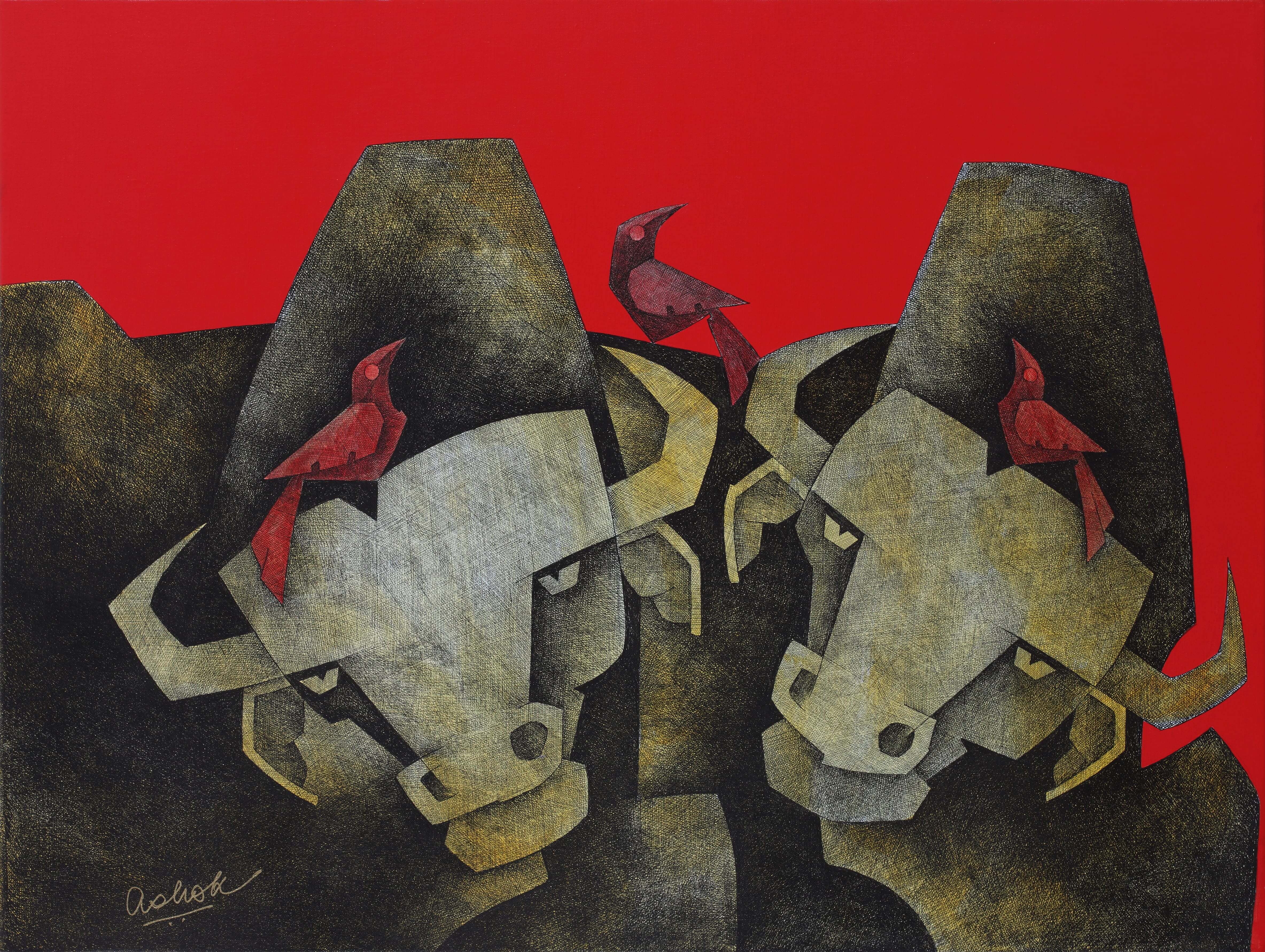
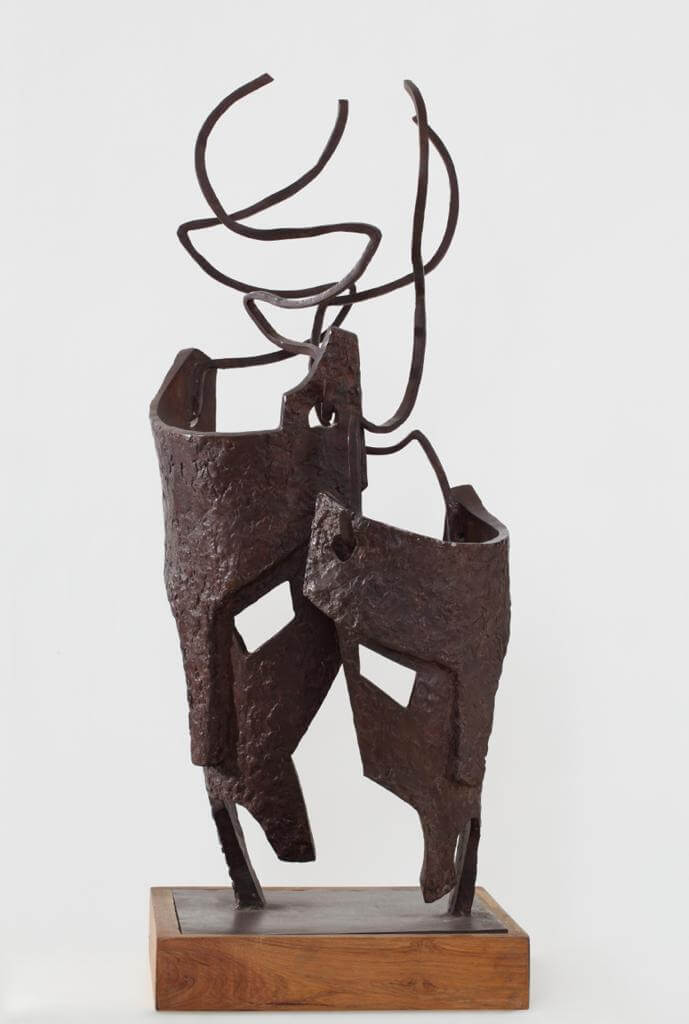
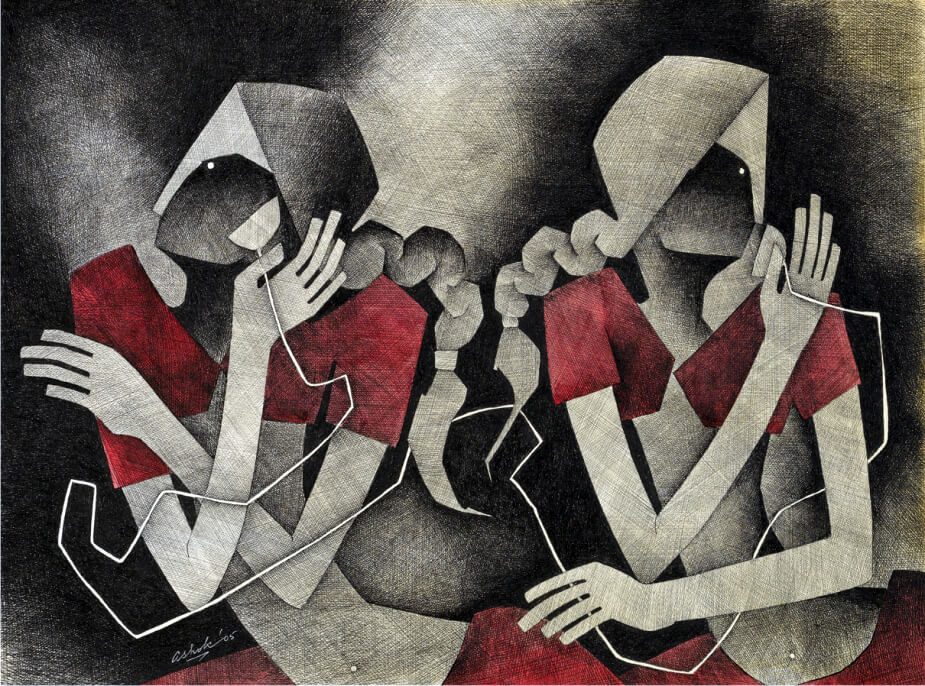
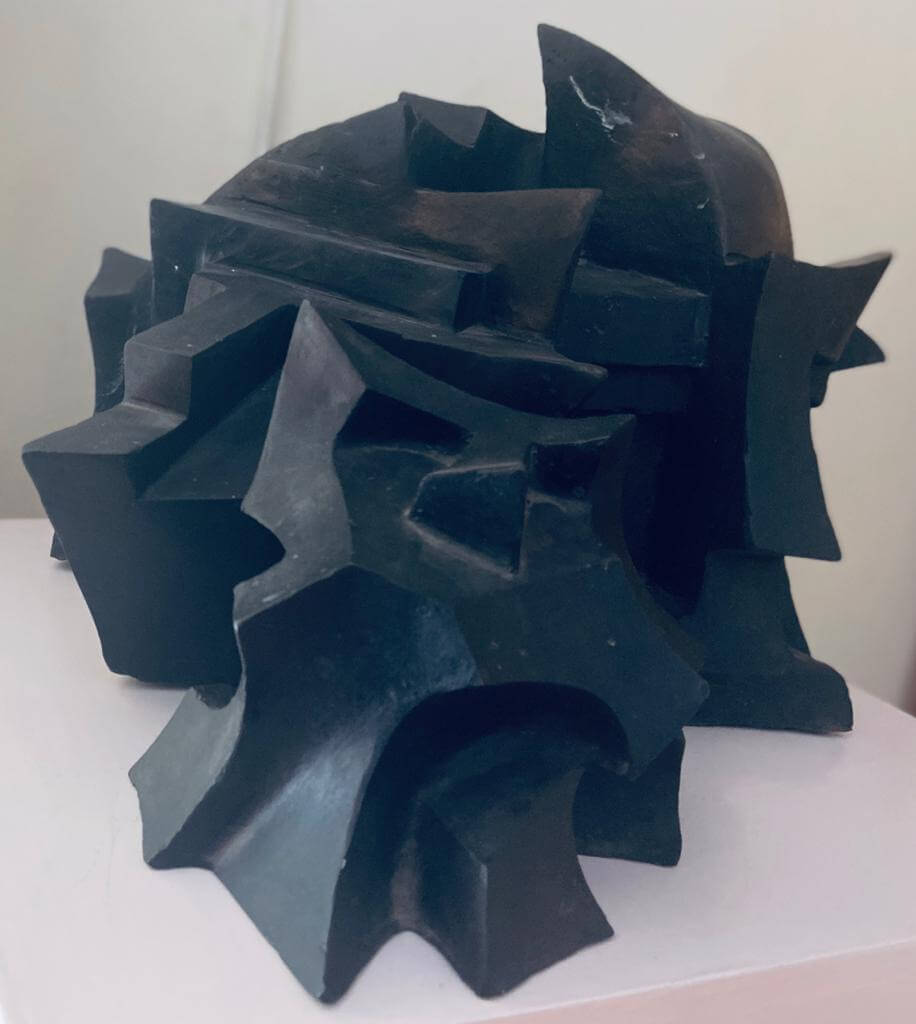
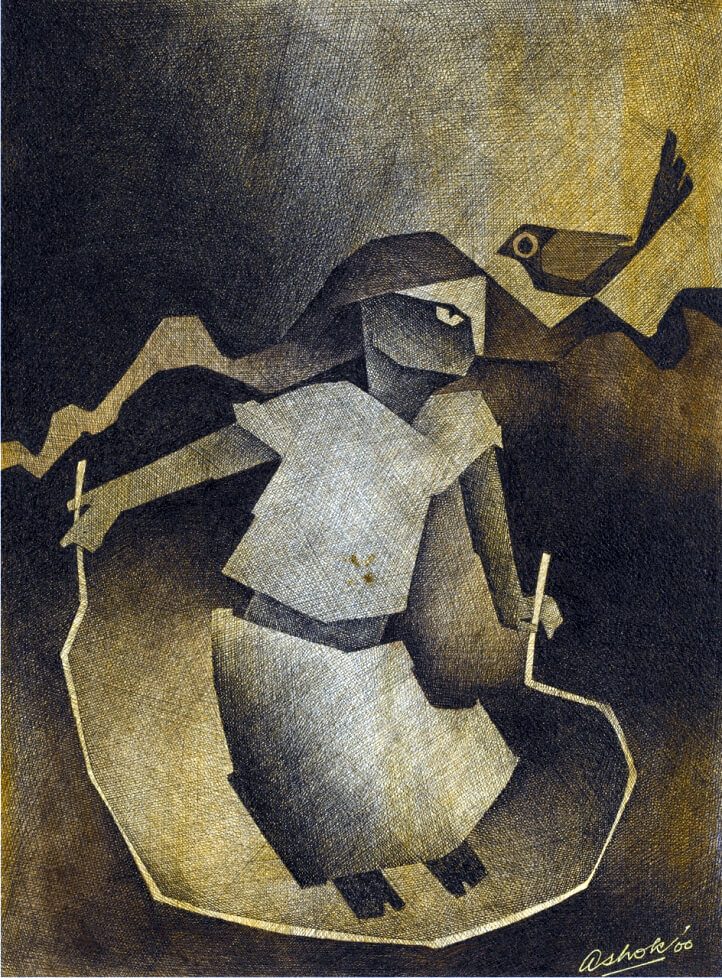



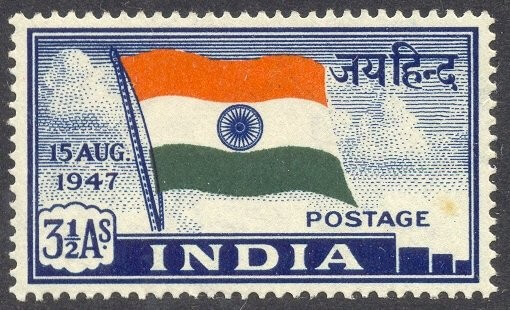
 By
By
 By
By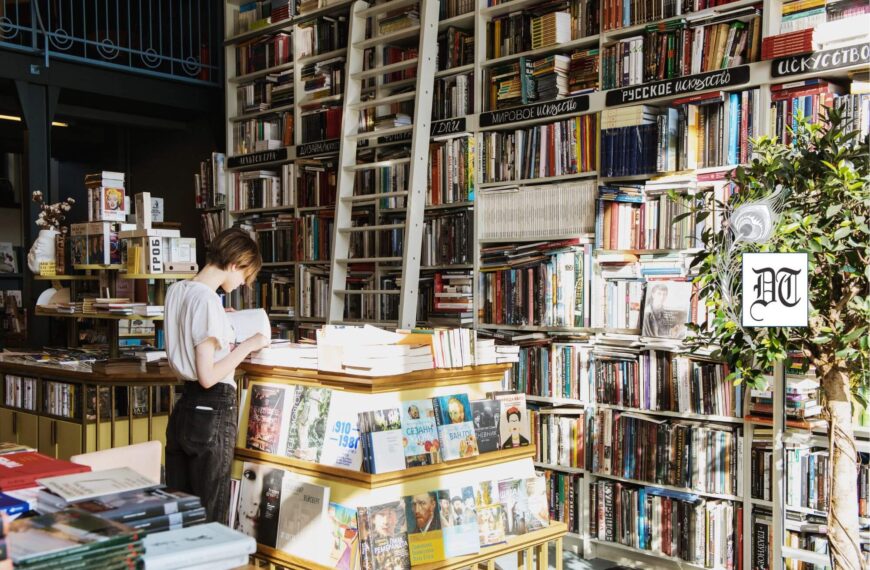
 By
By
 By
By
Very nice and informative